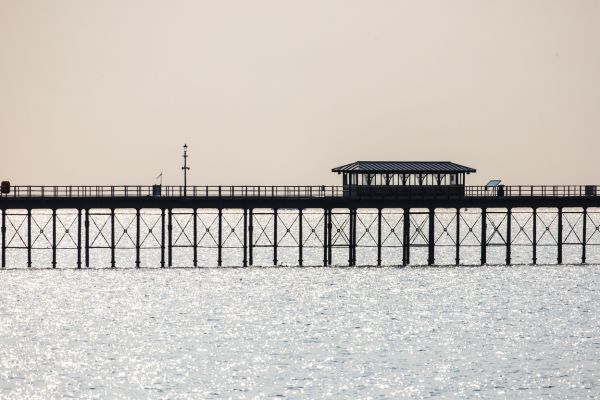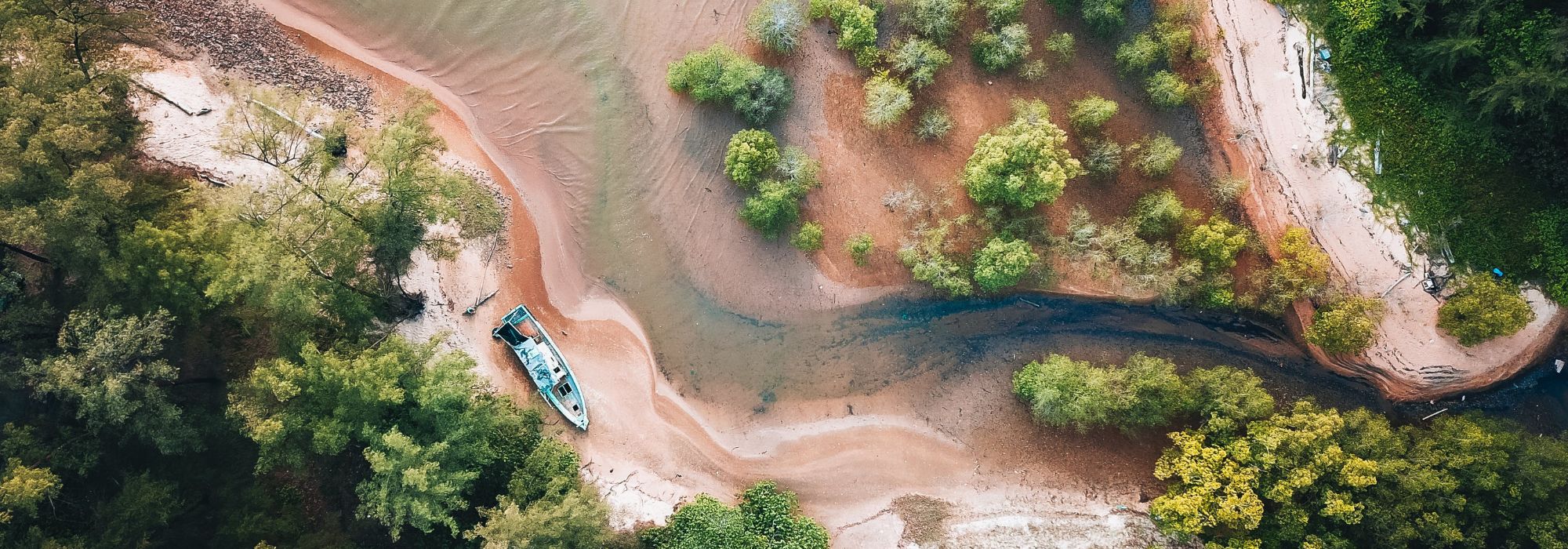Estuaries, explained

Among some of the most productive and delicate ecosystems in the world, estuaries are of great importance to people and wildlife. Many of the largest cities worldwide are located at or near estuaries, such as New York, Tokyo, and London itself. But what comprises an estuary?
An estuary is an area where a freshwater body meets the ocean. Salty ocean water mixes with freshwater resulting in brackish water. Estuaries are dynamic ecosystems with ebb (outgoing) and flow (incoming) tides. Tides create the largest flow of saltwater, while river mouths have the largest flow of freshwater. As fresh and saltwater meet, they don’t always promptly mix. Saltwater is heavier and sinks to the bottom, with freshwater floating on top. There are many factors that influence the mixing, such as the wind’s direction and speed, the tidal range, the estuary’s shape, and the volume and flow rate of freshwater flowing.
Have you ever thought about why the oceans are salty even though the rivers flowing into them aren’t? The ancient seas are thought to have been only slightly salty but over time, rainfall over the land resulted in the break up of rocks and the transport of these minerals into the oceans, increasing their salinity. As rain restores freshwater levels in waterways, they don’t taste salty. On the other hand, oceans collect salt and minerals from all rivers flowing into them. Rivers carry an estimated four billion tons of dissolved salts to the oceans annually. However, as roughly the same amount of salt is deposited as sediment on the ocean floor, it balances salt input and output.
There are also some freshwater estuaries where rivers flow into lakes, such as the Great Lakes in the US and Canada, which mix water with different chemical compositions. These have similar characteristics to the brackish estuaries and provide many of the same ecosystem services as those.
Estuaries mudflats and saltmarshes are nutrient-rich and support a great range of biodiversity. They provide food, breeding and nursery grounds for birds, fish, and other animals, and are great migration stopovers. For migratory fish species, estuaries act as corridors which link breeding and spawning grounds, while for migratory birds they serve as a rest and refuel area. Due to the abundance of food, wildlife spills over to the surrounding landscape, feeding a variety of reptiles, invertebrates, and other animals.
Many popular commercial fish species like anchovies, salmon and sardines rely on estuaries at some point in their life cycle. Other commercially valuable aquatic species such as shrimps, crabs, and bivalves are also found in these ecosystems, providing sources of food and income, not to mention drinking water, for humans. Besides their economic and commercial value, estuaries are also important leisure places and even act as filters and sponges for pollution and floods.
Estuarine wetlands function as natural filters for pollution and nutrients, supporting water quality and river health. They also create a barrier that absorbs flood water, dissipates storm surges, and protects against rising sea levels. Adding to all the many services already mentioned, coastal wetlands are extremely efficient in locking away carbon and, therefore, vital allies in our fight to mitigate climate change.
Sadly, just like with many other ecosystems, human activities such as urbanisation, industrialisation, pollution, and overfishing pose great threats to estuaries. These impact not only estuarine systems but rivers and oceans as a whole. Businesses, communities, and policymakers must come together to ensure the sustainable use of all estuarine resources, which happen to be vital for people and wildlife.
